Extensor carpi radialis brevis muscle
What is Extensor carpi radialis brevis muscle?
The fusiform muscle known as the extensor carpi radialis brevis can be found in the parallel section of the back lower arm. Along with the anconeus, brachioradialis, extensor carpi radialis longus, extensor digitorum, extensor digiti minimi, and extensor carpi ulnaris, it is a member of the superficial forearm extensor group.
These muscles cross the elbow and wrist joints from the posterior side and extend at one or both of them. At the wrist joint, the extensor carpi radialis brevis is in charge of extending and abducting the hand.
Origin of Extensor carpi radialis brevis muscle
It comes from the humeral lateral epicondyle’s common extensor tendon.
Insertion
It inserts on the third metacarpal base’s posterior surface.
Relations
The extensor carpi radialis brevis is deep beneath the extensor carpi radialis longus in the radial (lateral) portion of the forearm.
The extensor carpi radialis brevis is the shorter of these two muscles, as its name suggests.
On the hand’s dorsal side, its tendon runs deep to the abductor pollicis and extensor pollicis brevis before passing under the extensor retinaculum.
The tendon is medial to the extensor carpi radialis longus muscle at the retinaculum level.
Innervation
The radial nerve (C5-C8), or sometimes its deep branch/posterior interosseous nerve, innervates the extensor carpi radialis brevis. The spiral nerve comes from the back rope of the brachial plexus.
Blood supply
The deep brachial artery (through its radial collateral branch) and radial recurrent artery vascularize the muscle.
Function of Extensor carpi radialis brevis muscle
To extend the hand at the wrist joint, the extensor carpi radialis brevis collaborates with the extensor carpi ulnaris and extensor carpi radialis longus. During the sequence of muscle contractions required for clenching a fist or making a grip, this action is crucial. Wrist extension prevents the flexor muscles from exerting pressure on the hand when performing these tasks. All things being equal, flexors act just on the digits, in this way flexing them and delivering a compelling hand hold, for example, that is found in a tennis strike.
Together with the extensor carpi radialis longus and flexor carpi radialis muscles, the extensor carpi radialis brevis muscle contributes to hand abduction (radial deviation).
Clinical Significance
In patients with lateral epicondylitis, the extensor carpi radialis brevis muscle is most frequently affected. Patients who present with increased pain or burning on the lateral aspect of the elbow and/or a weak grip strength that gets worse with activity should therefore be evaluated for lateral epicondylitis with involvement of the extensor carpi radialis brevis.
Radial nerve palsy is the underlying cause of wrist drop. When this nerve is damaged, it affects the wrist’s and digits’ extensor muscles., which causes the hand to drop or hang in flexion due to the unopposed actions of the extensor muscles. If the radial nerve proximal to its bifurcation into the deep and superficial branches along the lateral border of the cubital fossa is injured, these patients may experience some sensory impairments.
Extensor carpi radialis brevis muscle stretching
Straight your right arm in front of you with your palm facing downward.
Bend the wrist of your right arm, pointing your hand toward the ground.
Twist your wrist in a direction that is significantly more descending with your left hand.
The stretch ought to be felt through your lower arm’s top.
After holding the stretch for 10 to 15 seconds, you can do more of it as needed.
Extensor carpi radialis brevis muscle strengthening exercise
Empty Handshake
For this exercise, you will need a table or other flat surfaces.
Start by laying your lower arm on the table.
There are sitting and standing options. Your wrist and hand should be liberated from the table.
As if you were going to shake someone’s hand, move your hand to the side. This is where you ought to begin.
Move your hand all over in a hacking movement to complete the activity.
Concentrate on the highest and lowest points of your movement.
Complete the action for three sets of ten repetitions.
Reverse Wrist Curls
For this exercise, you will need a tabletop or desk with a flat surface. Additionally, you will need a lightweight dumbbell that weighs between one and two pounds.
Lay the dumbbell on the tabletop with your working hand and wrist hanging off the table in an overhand grip while standing or sitting with your feet shoulder-width apart. Your palm should be pointing down.
Pull the hand weight up by twisting your wrist vertically and broadening it as high as you can when you’re prepared.
FAQ
Extensor carpi radialis brevis is what disease?
Enthesopathy of the extensor carpi radialis brevis beginning, for the most part, known as tennis elbow, is a typical condition emerging in moderately aged people. The patient interview and physical examination alone typically establish the diagnosis; Consequently, imaging and other diagnostic procedures are typically not required.
Which wrist extensor is the most important?
One of the three essential wrist extensors is the extensor carpi radialis longus. When the essential ulnar deviator-extensor carpi ulnaris adjusts a spiral deviation, it performs best as a wrist extensor.
What causes pain in the extensor carpi radialis?
As a result of this condition, you may feel burning and pain in your elbow and arm. Inflammation in the tendons and muscles that control arm movement is the cause of the condition. Rest, physical therapy, nonsteroidal anti-inflammatory drugs (NSAIDs), and sometimes surgery can all be used to treat it.
To what does the brevis extensor carpi attach?
On the radial side of the dorsal surface, it inserts at the base of the third metacarpal. The synovial sheath of the extensor carpi radialis brevis and the extensor carpi radialis longus are the same.
Are there two muscles of the extensor carpi radialis?
The two are the longus and brevis extensor carpi radialis muscles. Together, they are referred to as fist clenchers because they are used for almost the same movements. The brevis muscle is frequently injured in the tennis elbow.

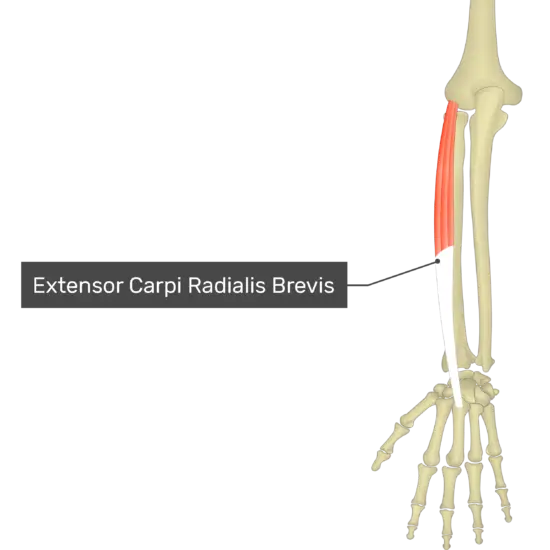
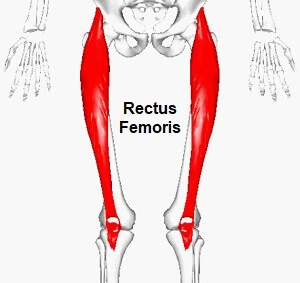
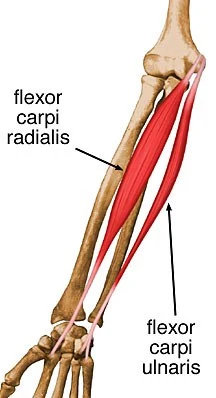
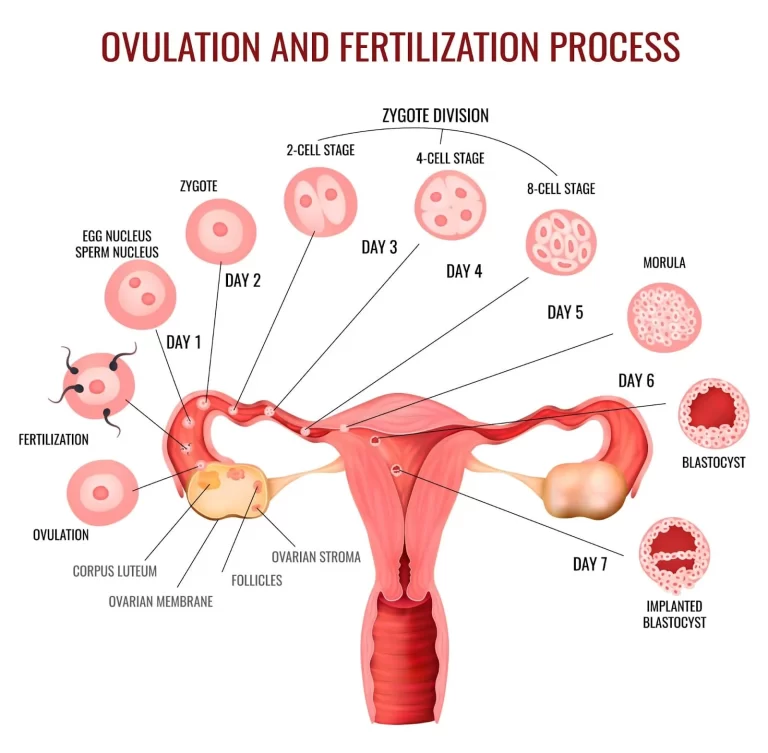
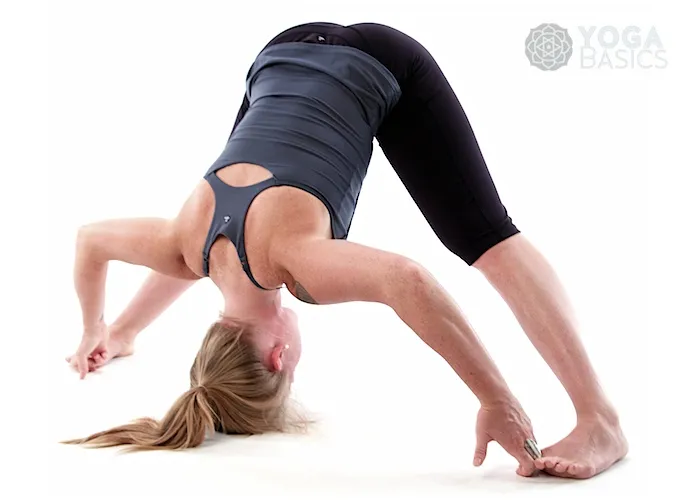
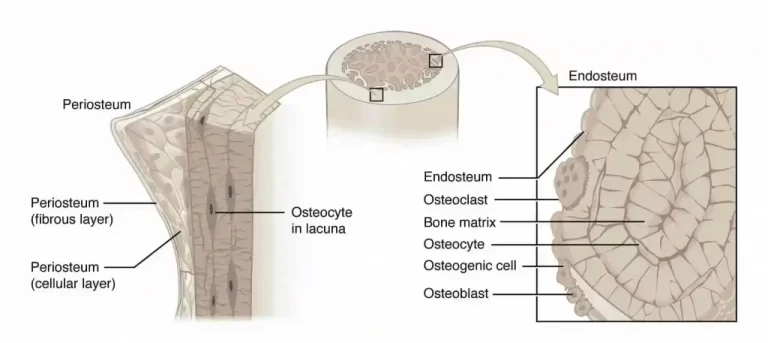
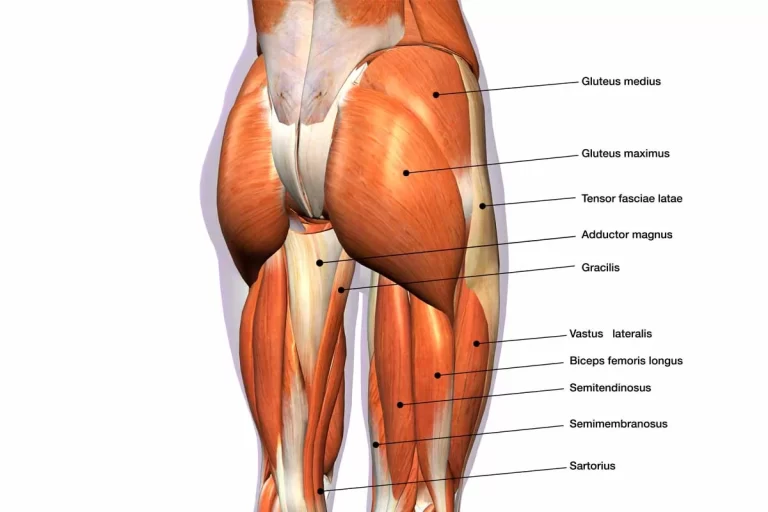
3 Comments